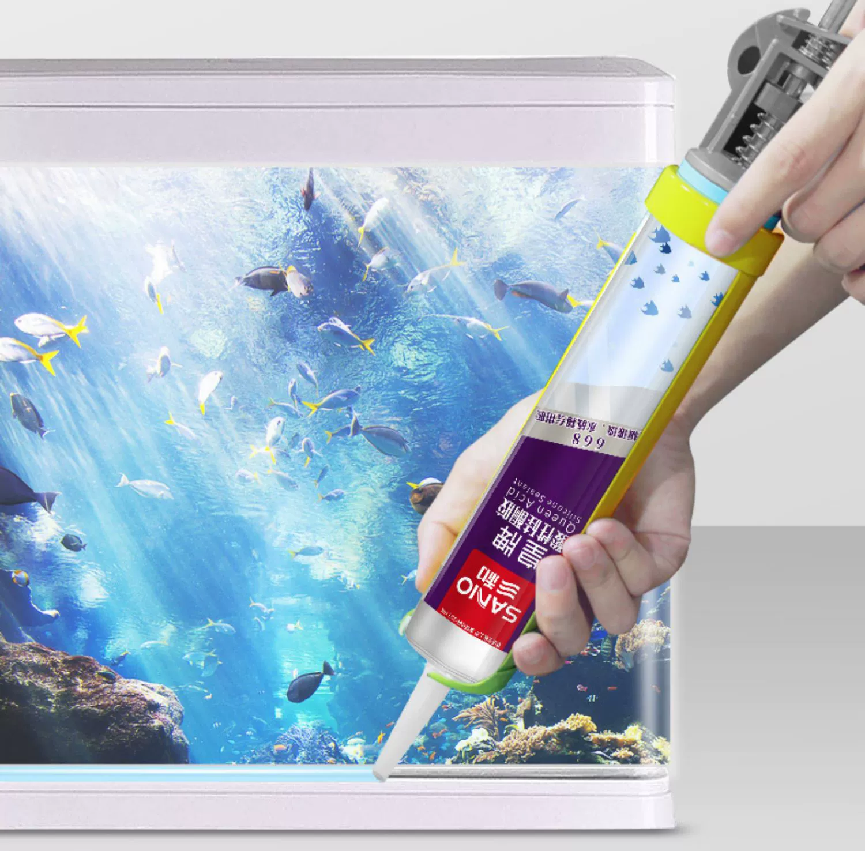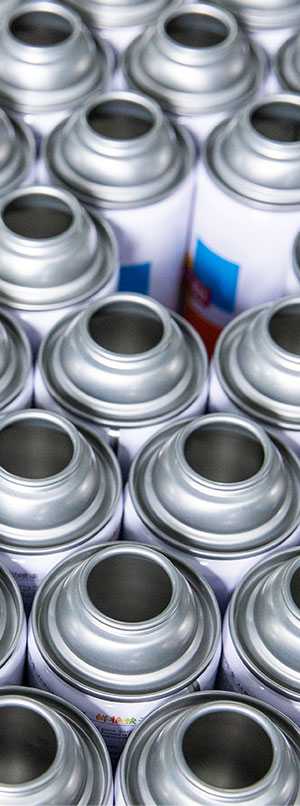Are you tired of struggling to load silicone sealant into a gun? Do you often end up with messy and uneven applications that ruin your projects? Worry no more! In this step-by-step guide, we will show you exactly how to put silicone sealant in gun like a pro. Whether you’re a beginner or an experienced DIYer, our easy-to-follow instructions will help you achieve perfect results every time. In addition, we will also introduce SANVO to you, a leading Chinese manufacturer of industrial adhesives and sealants. So grab your tools and let’s get started!

What is silicone sealant?
Silicone sealant is an elastic and weatherproof type of sealant that is commonly used for sealing exterior cracks and joints. It is made from silicone polymers that are mixed with fillers and curing agents.
Some key properties of silicone sealant include:
Flexibility – Silicone sealant remains flexible and does not become brittle over time like other sealants. This allows it to expand and contract with thermal movements.
Adhesion – Modern silicone sealants strongly adhere to most common building materials like concrete, wood, metal, glass, etc. This helps it stick securely in place.
Weather resistance – Being made from silicone, these sealants are highly resistant to UV rays and have excellent water resistance. They do not degrade when exposed to sun, rain or extreme temperatures.
Long lifespan – A high-quality silicone sealant can last 10-25 years without losing its elasticity or bond. This makes it a long-term investment.
Mold and mildew resistance – The sealant does not allow fungus or microbes to grow on its surface, keeping materials protected.
How to put silicone sealant in gun
If you own a firearm, it’s important to keep it in good working order. One way to do this is by properly loading the gun with silicone sealant. Silicone sealant is a type of gun lubricant that helps reduce friction and heat between the barrel and the cartridge, which can result in better accuracy and less wear on your firearm. To load silicone sealant into a gun, follow these simple steps:
1. Disassemble the gun, if necessary. If the gun is not disassembled, make sure the action is open so you can easily access the chamber.
2. Remove any obstructions from inside the chamber, such as rounds or wads.
3. Pour enough silicone sealant into the chamber so that it covers the bottom of the cartridge and extends up around half of the circumference of the bullet.
4. Replace any obstructions in the chamber and close the action firmly to ensure an even coat of sealant on all surfaces.
5. Fire a few rounds to check for leaks and correct any issues before shooting for real.
Tips for using silicone sealant
When it comes to using silicone sealant, there are a few things you should keep in mind. First, make sure the area you’re sealing is clean and free of any oils or grease. Second, use a thin layer of sealant; too much will decrease its effectiveness. Wait at least 24 hours before firing your gun; the longer the wait, the stronger the bond between the sealant and the gun’s surface.
Conclusion
When it comes to choosing between polyurethane sealant vs silicone, it’s important to consider the properties of each and the specific needs of your project. If you’re looking for a highly durable adhesive with high strength and resistance to moisture, polyurethane sealant may be the right choice. If you need to seal gaps and joints in areas with high moisture levels, silicone sealant is the way to go. The high adherence of SANVO’s sealants creates snug seals around objects, making them suitable for a variety of uses, including window and door repairs as well as outdoor and indoor décor.
